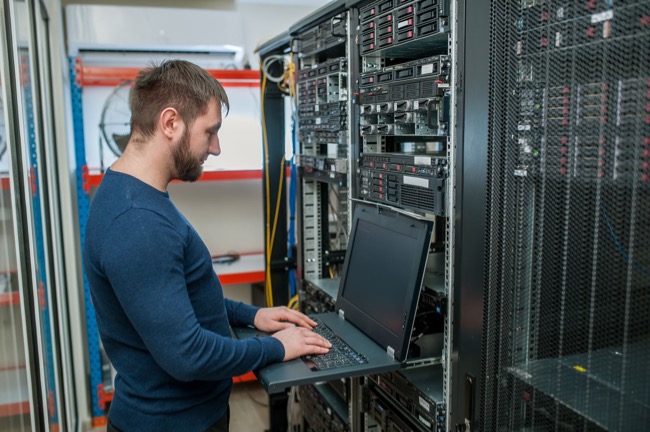It’s said that the quality of your business’s network has a direct impact on the quality of its service. A properly installed and configured network will allow your employees to work more efficiently, which leads to higher productivity and client satisfaction.
If you’re starting or growing your business and need to install networking equipment, it’s important to know how the process works. This post will cover the basics of installing and configuring a network in your office. Read on to find out more.
What’s Network Installation And Configuration
Network installation is the selection and placement of the equipment that makes up a set of interconnected devices typically used in communication.
Network configuration, on the other hand, is the assigning of network settings in a network of devices. This makes it easier to make changes to the network because the physical devices are controlled by software.
The Importance Of Network Installation And Configuration
Network installation and configuration are important to ensure your business’s success. The network is what connects all of your employees, partners, customers, and suppliers together into one cohesive unit. You should therefore spend the time necessary to make sure you get it right the first time by getting an expert in-house or hiring an external consultant to help with this crucial step including onsite IT services.
Types Of Networks You Can Pick
When you’re looking for a network installation company, it can be helpful to know the different types of networks and their characteristics. The type of network you choose will depend on the location of your business and how much bandwidth is needed.
Bandwidth refers to the amount of data that can be transmitted through your network at any given time. For example, if you have a business with only 20 employees and each employee uses their computer for eight hours per day, this means that the network will need to be able to handle 160 GB of data per day.
There are three main types of wired networks: Ethernet, fiber optic, and wireless (Wi-Fi). Ethernet maintains a connection between devices through cables that run through walls or floors. Fiber optics is similar to Ethernet but uses light instead of electricity to transfer data. This makes it ideal for long distances and in areas without much electrical power available.
Lastly, Wi-Fi uses radio waves as well instead of physical wires to transmit information from devices like computers or smartphones back and forth between each other. It uses routers across large distances using satellites in outer space.
Deciding The Right Network For Your Company Needs
The most important thing to consider when building an office network is its bandwidth. Plus, to decide which type would work best for your company setup think about where everyone needs access most often. Then, decide whether speed matters more than distance. It’s because those two factors go hand in hand when deciding which method would work best for solving problems related specifically towards each workplace situation.
The Key Steps To Successful Network Installation And Configuration
The first step for successful network installation and configuration is to start with the end in mind. It’s important to do a thorough assessment of your needs before you begin.
Once you have an idea of what you’re looking for, it’s time to install and configure the network itself as part of your workplace’s equipment. This will require testing on both ends: once after installation, then again after the configuration has been made.
Finally, maintenance should be done regularly as part of business operations so that problems can be prevented before they occur – and if they do occur, there’s someone on hand who knows how to fix them.
Deploying Your New Network Installation
Deploying your new network installation is a big step and should be done with care. Make sure you have all the equipment you need, that your staff is ready to go and that they’re trained in using the new technology. Additionally, test your network before you start so you can discover any issues that might arise before they become problems.
Make sure there are contingency plans for worst-case scenarios like unexpected downtime or hardware failure. There may be an issue with one of the wires or cables that goes from one device to another; this could cause communication problems between devices as well as between devices. It’s important to do whatever it takes—whether it’s replacing the cable or finding a different solution—to keep things running smoothly.
Conclusion
If you want to stay ahead of the competition, then it’s important that your business has a good network installation and configuration. This will allow you to connect with customers and employees in a way that works for everyone involved. And you’ll be able to access information quickly and efficiently without worrying about losing out on anything important or urgent because of poor connections.




